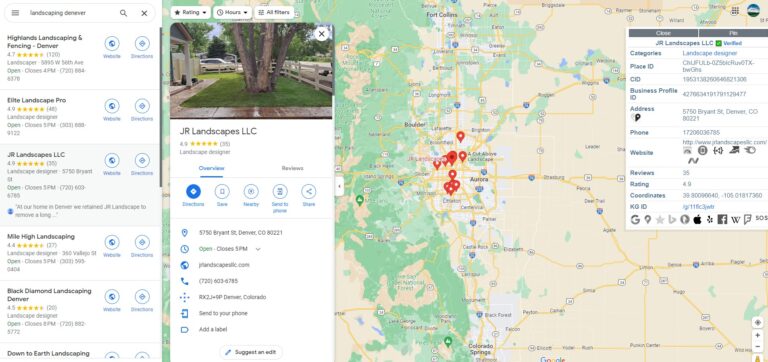What is Geo-Targeting?
Geo-targeting, also known as local PPC (Pay-per-click), is a strategy used in digital marketing that allows businesses to deliver different content or advertisements to consumers based on their geographic location. This can be as broad as targeting by country or as specific as targeting a small neighborhood or postal code.
Why is Geo-Targeting Important for Local Businesses?
In an age of hyper-personalization, customers expect businesses to deliver relevant, local-centric content. They crave experiences that resonate with their unique needs and environment. For local businesses, geo-targeting can help achieve just that, fostering deeper relationships with customers in their immediate vicinity. Here’s why:
Enhanced Customer Relevance: Geo-targeting allows businesses to share location-specific offers or services. This means customers see the information that is most relevant to them, improving their experience and making them more likely to engage with your business.
Efficient Resource Allocation: By focusing your marketing efforts on a specific location, you can make your marketing budget go further. Instead of spending resources trying to reach a broad, often disinterested audience, you can concentrate on the customers most likely to engage with your business.
Improved Local Visibility: Geo-targeting can help to improve your visibility within your local area. This is especially beneficial for brick-and-mortar businesses looking to drive foot traffic.
Competitive Advantage: Localized marketing can give you an edge over competitors, particularly large corporations that may not have as strong a local presence or understanding of the local market nuances.

How Can Local Businesses Leverage Geo-Targeting?
Implementing a geo-targeting strategy may sound complex, but it’s quite straightforward once you get the hang of it. Here’s a step-by-step guide to help you get started:
Step 1: Understand Your Audience
Research your target audience. Understand their preferences, needs, behaviors, and most importantly, where they are located. Use analytics tools to gather demographic and geographic data about your customers.
Step 2: Set Your Geographic Parameters
Decide on the geographic areas you want to target. This might be as wide as a city or as narrow as a particular neighborhood. Your decision should be based on your audience research and your business goals.
Step 3: Tailor Your Content
Create content that is relevant to the geographic area you’re targeting. This might mean promoting a local event, offering location-specific specials, or simply referencing local landmarks or culture in your marketing materials.
Step 4: Utilize the Right Tools
Use digital marketing tools that allow for geo-targeting. Many online advertising platforms, such as Google Ads and Facebook Ads, offer geo-targeting features. Similarly, email marketing platforms often allow you to segment your audience based on location.
Step 5: Analyze and Optimize
Finally, track the results of your geo-targeting efforts. Analyze your engagement metrics, conversion rates, and ROI. Use this information to tweak your strategy and make it more effective over time.

Conclusion
Geo-targeting is a powerful tool for local businesses looking to connect with their audience on a deeper level. By serving tailored, relevant content to specific geographic areas, you can boost customer engagement, make your marketing budget go further, and stand out in a crowded marketplace.
However, like any marketing strategy, geo-targeting requires a thoughtful, data-driven approach. By understanding your audience, setting clear geographic parameters, creating relevant content, utilizing the right tools, and constantly analyzing your results, you can harness the power of geo-targeting to drive your local business success.

